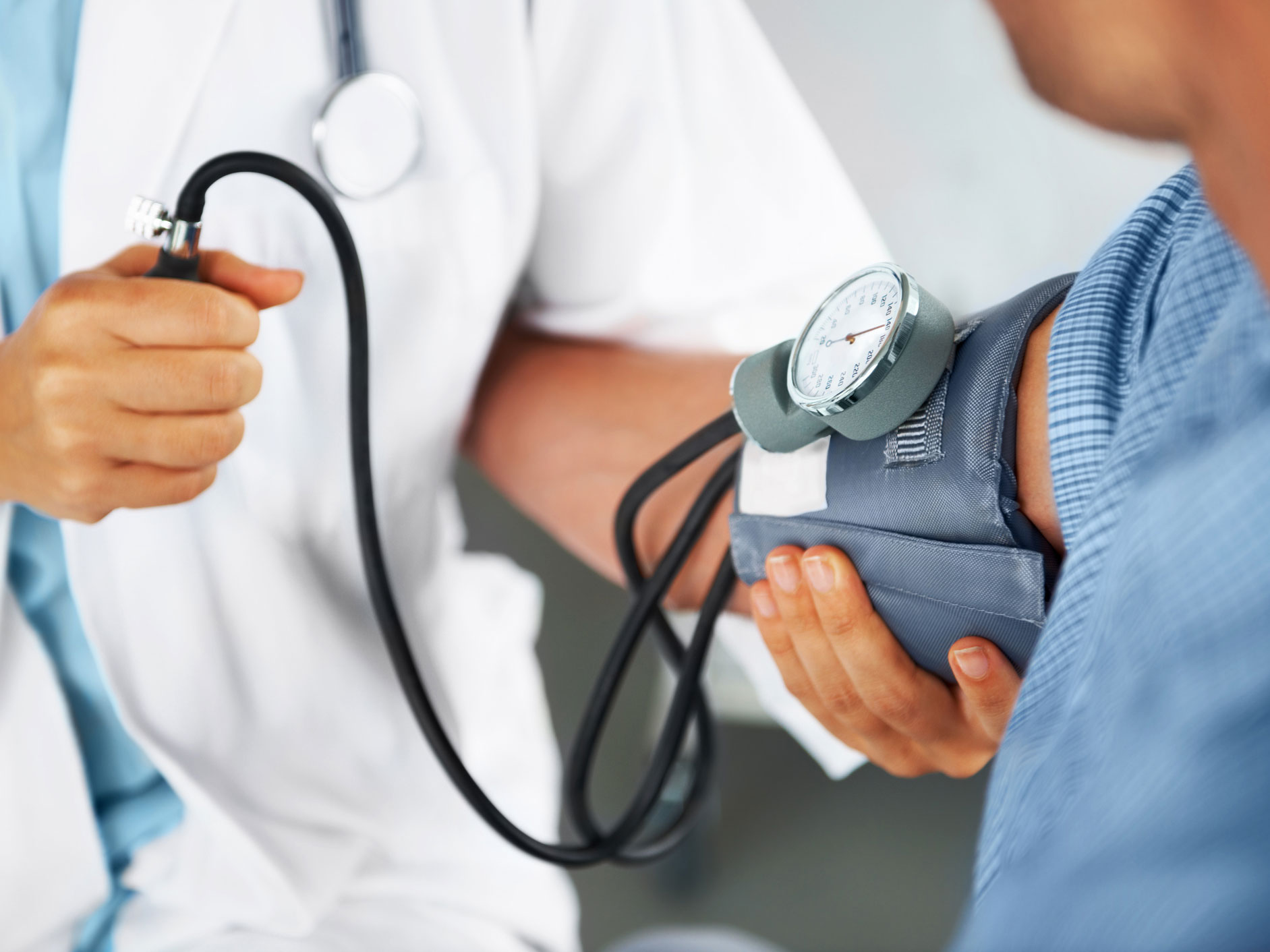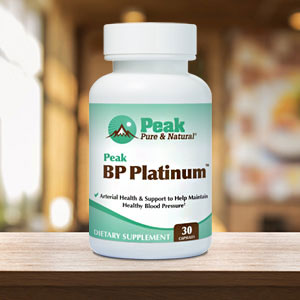Get Easy Health Digest™ in your inbox and don’t miss a thing when you subscribe today. Plus, get the free bonus report, Mother Nature’s Tips, Tricks and Remedies for Cholesterol, Blood Pressure & Blood Sugar as my way of saying welcome to the community!
Why there’s a very good chance your blood pressure reading is wrong

Blood pressure is one of the most important (and most treatable) risk factors for heart disease. But blood pressure is a slippery little bugger…
It’s incredibly hard to get accurate blood pressure readings. Even in your doctor’s office when your blood pressure’s taken by professionals, there are a million different factors that could mess with your reading.
Did you know, for example, that having a full bladder can add 10-15 mm Hg to your reading? Having a conversation during your reading can too. Crossing your legs can make your reading higher. And so can an unsupported back. And then there’s the fact that your blood pressure varies naturally throughout the day. blood pressure is typically lowest at night and highest when you wake up in the morning.
My point is, there are so many factors that affect your blood pressure reading (your body position, breathing rhythm, stress level, physical condition, medications, what you eat and drink, time of day), how can you expect one reading taken at your doctor’s office to give you an accurate picture of your blood pressure?
You can’t. And it’s been proven…
24-hour blood pressure monitoring measures heart risk better
A study published in the Journal of the American Medical Association found that 24-hour blood pressure monitoring provides a much more accurate picture of heart disease risk than individual blood pressure readings.
Researchers looked at health data from 11,135 people over 14 years. They analyzed how well individual blood pressure readings taken in a doctor’s office (the type most of us rely on) predicted heart and vascular disease compared to 24-hour blood pressure monitoring.
For the 24-hour blood pressure monitoring, study participants were asked to wear automated portable blood pressure monitors that took an average of 30 blood pressure measurements during the day and 10 during sleep. Here’s what researchers noticed…
24-hour blood pressure monitoring predicted complications like heart disease, stroke, and heart attack better than blood pressure measured at yearly doctor visits. Why?
Because of all the fluctuating factors I mentioned above. Plus, getting blood pressure readings during sleep made the data more accurate. When you’re sleeping, the reading isn’t altered by the fact that you just ran from the parking lot to the doctor’s office to avoid being late for your appointment or that you downed a big chorizo burrito before your blood pressure reading.
Bringing blood pressure readings home
Here’s the bad news… insurance providers won’t pay for 24-hour blood pressure monitoring unless you fall into one of two groups: your blood pressure is high at the doctor’s office, but your doctor thinks it’s probably normal otherwise or your doctor suspects you have undetected or masked hypertension.
The good news? With all the techie gadgets available nowadays, you can buy a device that can monitor your blood pressure. But there are pitfalls to health tech gadgets like this…
A lot of them measure blood pressure on your wrist, which isn’t as accurate as measuring it on your upper arm. Devices that do measure blood pressure on the upper arm often can’t be programmed to measure blood pressure while you sleep, which means you can’t get as accurate an idea of your heart disease risk as people did in this study. But here’s the thing…
If you’re only measuring your blood pressure once a year at your annual physical, checking it more frequently — even if it’s not 24-hour monitoring — can give you a better idea of what’s going on with your blood pressure. Here are some tips for getting the most out of home blood pressure monitoring:
- Make sure your monitor is accurate. You can bring it to your doctor’s office and compare it to their monitor to make sure it’s working correctly.
- Measure your blood pressure at least twice a day. Do it in the morning and evening. And take it a couple of times at each session for the most accurate results (wait one to three minutes between readings).
- Watch out for these blood pressure reading pitfalls:
- Don’t take your blood pressure reading when you first wake up. That’s when it’s the highest.
- Take it at least 30 minutes after you eat, drink caffeine or alcohol or have tobacco.
- Go to the bathroom before your reading. As I mentioned earlier, a full bladder can increase your reading.
- Get in the proper position. Sit in a chair with your back supported and your legs uncrossed. Put the blood pressure monitor on bare skin. Keep your arm at heart level, resting it on a table, desk or chair arm.
Editor’s note: There are perfectly safe and natural ways to decrease your risk of blood clots including the 25-cent vitamin, the nutrient that acts as a natural blood thinner and the powerful herb that helps clear plaque. To discover these and other secrets of long-lived hearts, click here for Hushed Up Natural Heart Cures and Common Misconceptions of Popular Heart Treatments!
Sources:
Blood pressure recording over 24 hours is the best predictor of heart and vascular disease — MedicalXpress
Association of Office and Ambulatory Blood Pressure With Mortality and Cardiovascular Outcomes — JAMA
7 Simple Tips to Get an Accurate Blood Pressure Measurement — American Medical Association
Get the most out of home blood pressure monitoring — Mayo Clinic
Wrist blood pressure monitors: Are they accurate? — Mayo Clinic














